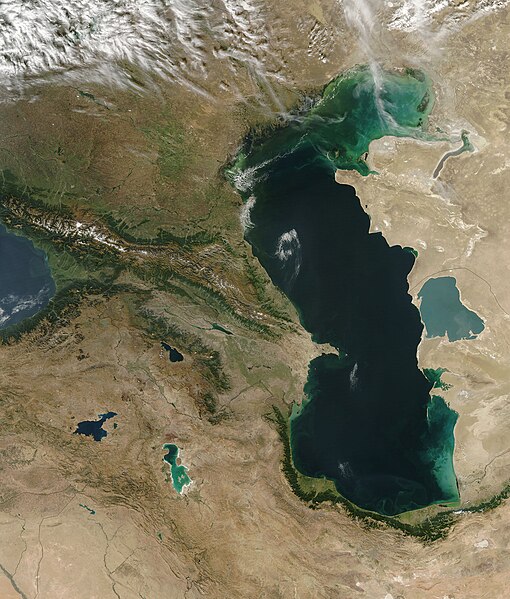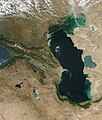Файл:Satellite image of the Caucasus-Caspian Region.jpg

Къаддæргонды ас: 510 × 599 пикселы Другие разрешения: 204 × 240 пикселы | 409 × 480 пикселы | 654 × 768 пикселы | 872 × 1024 пикселы | 1703 × 2000 пикселы.
Оригиналы файл (1703 × 2000 пикселы, файлы уæз: 1,29 МБ, MIME тип: image/jpeg)
Файлы истори
Ныххæц датæ/рæстæг-ыл, цæмæй фенай еуæд куыд фæзындис.
| Датæ/рæстæг | Къаддæргонд | Барæнтæ | Архайæг | Фиппаинаг | |
|---|---|---|---|---|---|
| нырыккон | 05:44, 26 октябры 2005 |  | 1703 × 2000 (1,29 МБ) | Brian0918 | Caspian Sea and Georgia Sometimes referred to as the Caucasus Isthmus, the Caucasus-Caspian Region is a mixing-pot for scores of cultures. Due in part to its geographic isolation and having been in the path of numerous Eurasian migrations over the cent |
Файлæй архайд
Ацы файлæй иу фарс дæр пайда нæ кæны.
Ацы файлæй куыд пайда кæнынц
Данный файл используется в следующих вики:
- Использование в ar.wikipedia.org
- Использование в ast.wikipedia.org
- Использование в bg.wikipedia.org
- Использование в en.wikipedia.org
- Использование в fr.wikipedia.org
- Использование в fr.wiktionary.org
- Использование в gcr.wikipedia.org
- Использование в ky.wikipedia.org
- Использование в mg.wikipedia.org
- Использование в nn.wikipedia.org
- Использование в no.wikipedia.org
- Использование в oc.wikipedia.org
- Использование в pt.wikibooks.org
- Использование в sq.wikipedia.org


